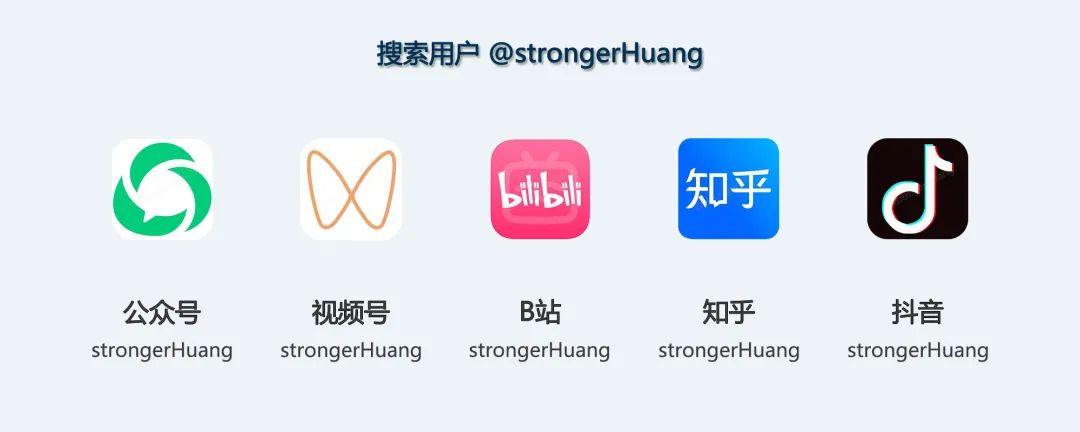Follow+Star Public Account, don’t miss out on exciting content

Author | Beginner’s Station
When it comes to virtual machines, fellow technical personnel are likely familiar with them. Virtual machines have a wide range of usage scenarios, such as building testing environments, installing Linux on Windows systems, or running Windows on Mac machines, and they can even be used for security experiments.
The key advantage of virtual machines lies in their complete isolation from the native system, allowing us to conduct various tests without worrying about crashing the [host machine].
Below, I will introduce the six best virtualization software options available on the market for personal users, helping you make a better choice.
01.VMware Workstation
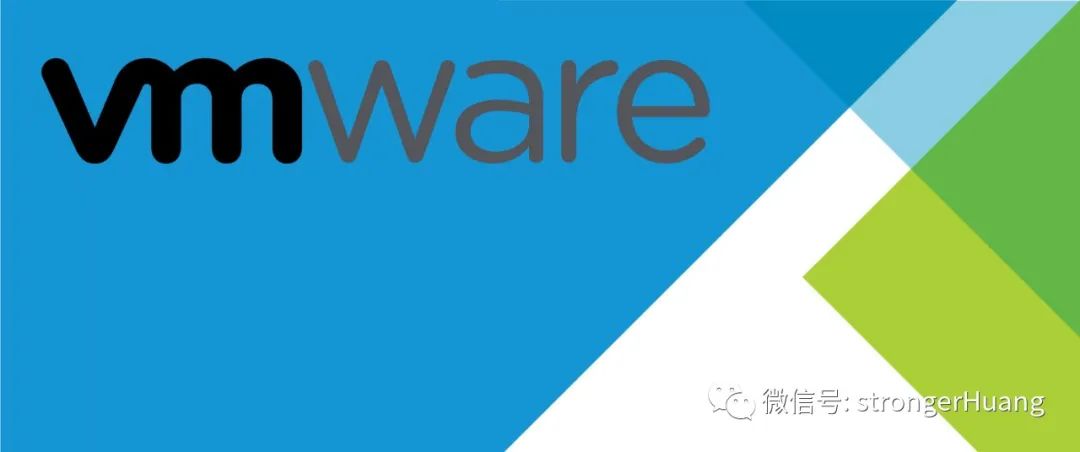
As the world’s most renowned virtualization company, VMware has over 20 years of development history. For personal users, VMware offers VMware Fusion for Apple Mac and VMware Workstation for PCs.
VMware Workstation is a powerful desktop virtualization software that can run multiple different operating systems simultaneously on a single host. It is also one of the few virtualization software that supports DirectX 12 and OpenGL 4.7, making it easy to run demanding applications like 3DMax, AutoCAD, and Maya on a virtual machine. Workstation also features advanced networking settings, allowing you to set up and manage precise virtual networks, as well as configure different privacy permissions and network settings for multiple systems. Additionally, the software comes with templates and cloning features, making it simple and convenient to create virtual machines in bulk.
In terms of cost, VMware offers Workstation Player for free for personal users, while those needing more professional and complex features can upgrade to Workstation Pro.
Features:
-
Offers a free version for personal users. -
Supports [GPU] virtualization. -
Has powerful and comprehensive features. -
Supports Windows and Linux operating systems.
02.Vmware Fusion
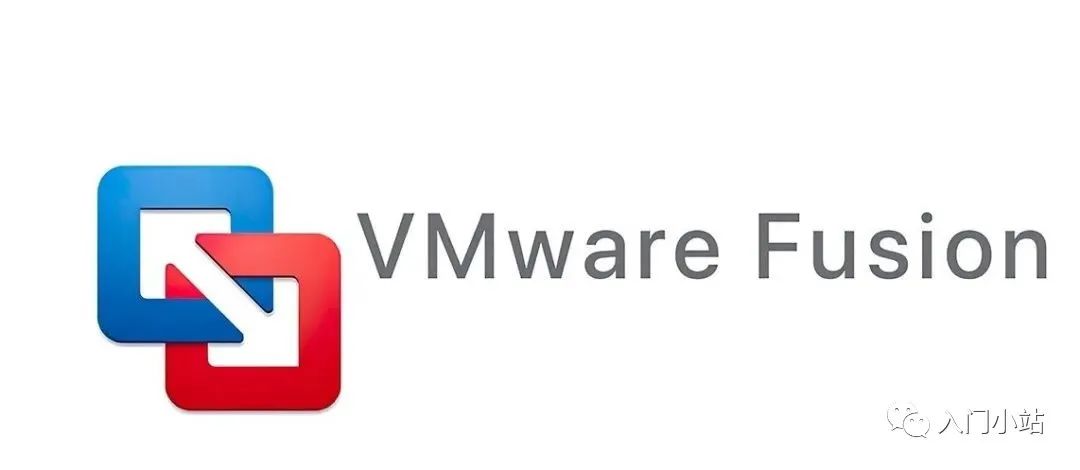
VMware Fusion is VMware’s virtualization product for Mac users. Although it has a different name from Workstation, both products actually provide the same solutions, tailored for different operating systems.
As software that supports running Windows on Mac machines, Fusion features a UnityView mode that allows seamless integration between the interfaces of different operating systems, and it also supports file sharing and drag-and-drop functionality between operating systems. For developers and gamers, Fusion is equipped with GPU virtualization capabilities to aid in software development or enhance gaming graphics.
For personal users, Fusion offers a free basic version; for commercial users or those needing advanced features, a paid Fusion Pro version is available.
Features:
-
Supports MacOS systems. -
Supports GPU virtualization. -
Offers a free version for personal users.
03.VirtualBox
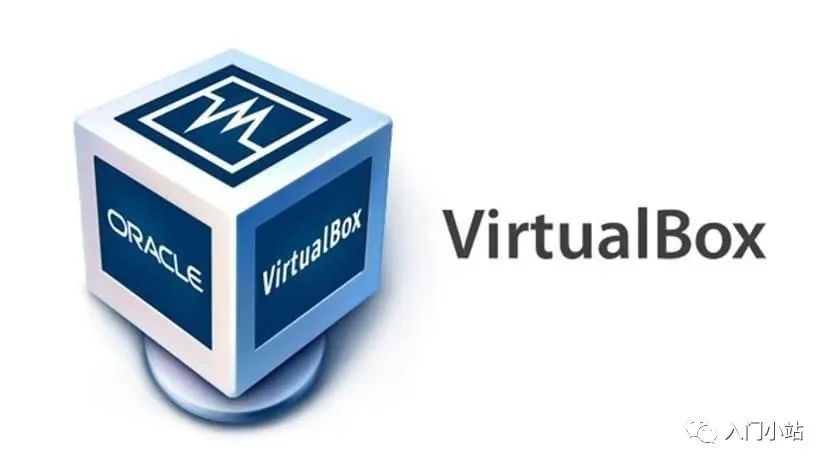
VirtualBox is a free and open-source virtualization software developed by the German company InnoTek, now maintained by Oracle. VirtualBox is an excellent virtualization software that can run on Windows, Linux, Macintosh, and Solaris hosts. It supports a wide range of virtualization systems, from Windows XP and higher versions to any Linux version above kernel 2.4, Apple Mac, Solaris, OpenSolaris, and even OpenBSD Unix. Functionally, VirtualBox supports USB device recognition, GPU virtualization, and can run multiple virtual machine system windows simultaneously.
Importantly, VirtualBox is free, including the enterprise version.
Features:
-
Free -
Supports a very wide range of operating systems -
Supports GPU virtualization technology;
04.QEMU

QEMU is an open-source emulator written by Fabrice Bellard and others that performs hardware virtualization. Unlike other VM solutions, QEMU serves as both a virtual machine and a machine emulator.
QEMU can simulate CPUs through dynamic binary translation and provides a set of device models that allow it to run various unmodified guest operating systems. QEMU can also be used with KVM to run virtual machines at near-native speeds.
Features:
-
Free -
Machine emulator -
Easy to use
05.Parallels Desktop
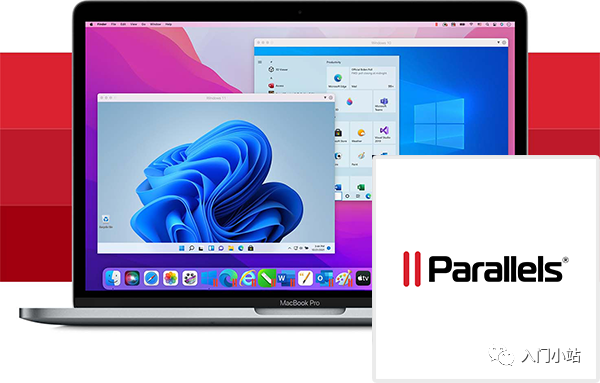
Parallels Desktop is a hardware virtualization software launched by Parallels for Apple computers, released in June 2006, and it was the first virtualization software that could be used on Apple computers with Intel architecture.
If you want to run Windows on a Mac, then Parallels Desktop is your best choice. It can seamlessly run Windows applications on Intel or Apple M series Mac computers, maximizing the resolution of the gap between MacOS and Windows software ecosystems.
Features:
-
Easily run Windows applications -
Integration with macOS
06.Microsoft Hyper-V

Hyper-V is offered as a functional component of Windows 10 Pro and Windows Server (2012 and 2016), and users do not need to pay additional fees for it. However, you only get a very basic hypervisor, which is far less functional than VMware.
The supported virtualization systems include Windows Server, Windows XP SP3 or higher, Linux with a kernel of 3.4 or higher, and FreeBSD. However, the driver support for Linux is not very good, and there is no virtual GPU support.
Features:
-
Integrated with Windows systems -
No additional fees required
Disclaimer:This article contains some materials sourced from the internet, and the copyright belongs to the original author. If there are any copyright issues regarding the works, please contact me for deletion.
———— END ————

● Column “Embedded Tools”
● Column “Embedded Development”
● Column “Keil Tutorial”
● Selected Tutorials from Embedded Column
Follow the public account reply “Join Group” to join the technical exchange group according to the rules, reply “1024” to see more content.
